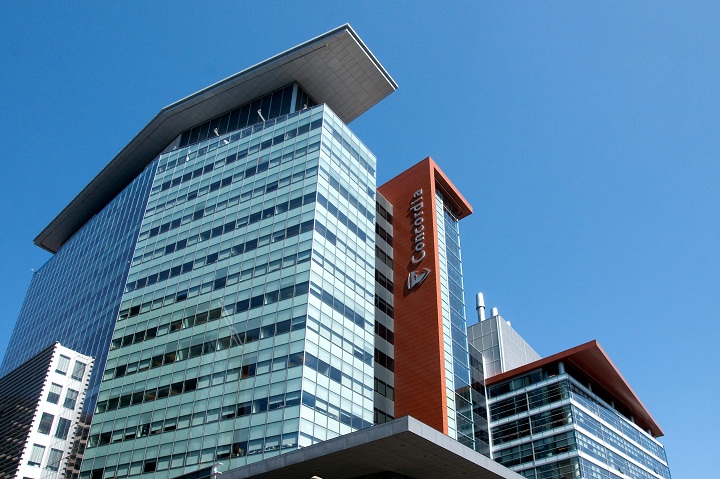Even though Canadians with children attending a post-secondary education institution are well aware of the high cost of education in this country, only a small proportion of these students are taking advantage of programs to help with the some of the costs.

A recent study by BMO Bank of Montreal, for example, found that only a third of Canadians currently enrolled in a post-secondary program have a Registered Education Savings Program (RESP) to help cope with the costs of tuition, books and room and board.
A four-year university degree can cost upwards of $60,000 for tuition, books, room and board and spending money. Tuition has been rising for some time and for children born this year, the costs for a post-secondary education by the time they’re ready could reach $140,000.
READ MORE: CIBC: student debt becomes ‘parent debt’
The study also found that 84 per cent of Canadian students without an RESP wish they had one and 91 per cent of those without one say they will say they will set up an REP for their own children to make it easier to afford a post-secondary education
“The costs associated with attending university or college are rising substantially, so there is significant value in opening an RESP for your child before he or she heads off to school,” says Robert Armstrong, vice president, managed solutions and registered plans strategy, with BMO Asset Management.

Get breaking National news
The Canadian government created the RESP in 1998 as a way to put aside money to pay for a child’s post-secondary education. RESPs are believed to have benefitted more than three million children and account for about a third of the estimated $18 billion that families in Canada have put away for their children’s education since the program began.
You can contribute up to $50,000 into a plan for each child named who is enrolled in qualified educational programs such as a trade school, CEGEP, college or university. There is no annual contribution limit and the government will add a grant of up to a maximum of $7,200.
- Pimicikamak First Nation in Manitoba prepares for military arrival after days in crisis
- Canadian government mulls response to X’s AI-generated sexual abuse material
- Eurasia Group says no country more at risk than Canada in relations with the U.S.
- Small majority of Canadians want more trade with China: Ipsos poll
READ MORE: Start saving now to send your child to university
In 1998, the Canadian government created the Registered Education Savings Plan (RESP), a vehicle that lets parents and others put aside money to pay for a child’s post-secondary education.
RESPs are relatively easy to set up and have some tax and investment advantages.
Parents, guardians, grandparents, other relatives or friends can set up an RESP through a financial institution such as a bank or credit union, a certified financial planner or through a group plan dealer.
You can contribute up to $50,000 into a plan for each child named who is enrolled in qualified educational programs such as a trade school, CEGEP, college or university. There is no annual contribution limit and the government will add a grant of up to a maximum of $7,200.
Income and capital gains can be generated within an RESP through investment in a variety of options such as stocks, bonds, mutual funds, guaranteed investment certificates and grow tax free until the children named in the plan are ready to pay for their post-secondary education. They only pay income tax on the gains earned by the plan and the grants as they are withdrawn, which usually is low because the income of most post-secondary students is very limited.
Some critics say RESPs have become too complicated over the years with too many rules and restrictions. However, they are still considered a good vehicle to help Canadians save money for the future.
The IEF has some tips to help parents start saving for their children’s education. These include setting some realistic goals. Determine whether you will pay all of the costs or will your children shoulder some of the burden by getting jobs or taking out student loans.
Try to calculate what you need to, or can save, each year. If you have a new baby, you may find $20 a week until they turn 18 will be enough to pay their tuition. And choose an investment strategy for the money you’re saving. Depending on your situation, you may choose to be more aggressive in the early years. Then, as your child finishes high school, you may want to move your money into more conservative investments.
Talbot Boggs is a Toronto-based business communications professional who has worked with national news organizations, magazines and corporations in the finance, retail, manufacturing and other industrial sectors.







Comments